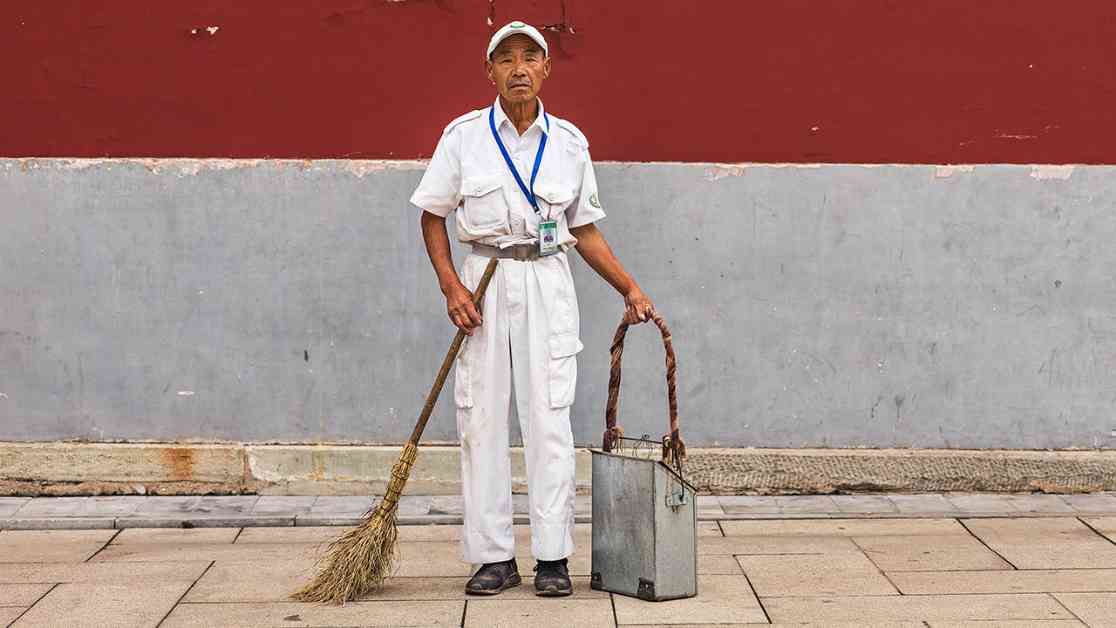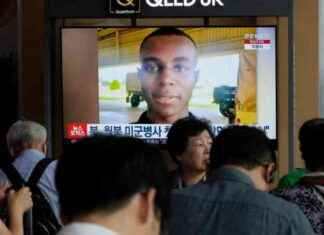China’s Battle Against Demographic Decline: A High-Stakes Struggle
China, a country known for its vast population, is facing a significant demographic challenge that could have far-reaching consequences for its future. With an aging population and a declining birth rate, the Chinese government is grappling with how to address this issue before it spirals out of control.
The Growing Issue of Demographic Decline
If China’s elderly population were to form its own country, it would rank as the fourth most populous in the world, trailing only behind America. Currently, the over-60 population in China stands at a staggering 297 million, making up 21% of the total population. By 2050, projections indicate that this number will skyrocket to 520 million, constituting 38% of the population. However, despite the growth in the elderly population, China’s younger generations are not keeping pace, leading to an overall decline in the country’s total population.
For the second consecutive year in 2023, China experienced a decline in its overall population, a trend that has been ongoing for the past decade. The shrinking labor force in the country is a cause for concern, as it could have detrimental effects on the economy and social welfare programs. With fewer young people entering the workforce, there may not be enough workers to support the growing number of retirees, putting a strain on the country’s resources.
The Communist Party’s Response
In response to the looming demographic crisis, the Chinese Communist Party has implemented various measures to address the issue. One strategy that the government is exploring is the use of technology, such as robots, to help alleviate the labor shortage. By incorporating automation into various industries, China hopes to increase productivity and efficiency, ultimately offsetting the impact of a shrinking workforce.
Additionally, the Chinese government has invested heavily in gene therapy research, with the hope of extending the lifespan and improving the health of its aging population. By focusing on advancements in medical technology, China aims to prolong the productive years of its citizens, thereby mitigating the economic burden of an aging population.
Furthermore, the government has introduced innovative solutions such as bathing services for the elderly to promote healthy aging and improve the quality of life for its senior citizens. By prioritizing the well-being of its aging population, China is taking proactive steps to address the challenges posed by demographic decline.
The Future of China’s Demographic Landscape
As China continues to grapple with the effects of demographic decline, it is clear that the country’s future hinges on its ability to adapt and innovate in response to these challenges. By implementing forward-thinking policies and investing in cutting-edge technologies, China is positioning itself to overcome the obstacles posed by an aging population and declining birth rate.
The success of China’s battle against demographic decline will depend on the government’s ability to effectively implement its strategies and address the root causes of the issue. By fostering a culture of innovation and embracing new approaches to population management, China has the potential to navigate this high-stakes struggle and emerge stronger on the other side.
In conclusion, China’s demographic decline is a complex issue that requires comprehensive solutions and a long-term vision for the future. By acknowledging the challenges posed by an aging population and declining birth rate, China is taking proactive steps to address these issues head-on. With a combination of technological advancements, healthcare initiatives, and social welfare programs, China is positioning itself to overcome the challenges of demographic decline and secure a prosperous future for its citizens.



























